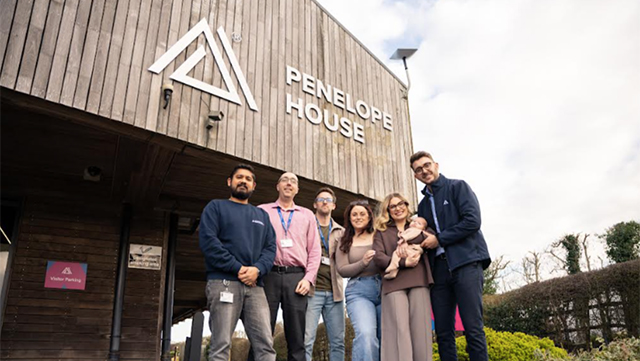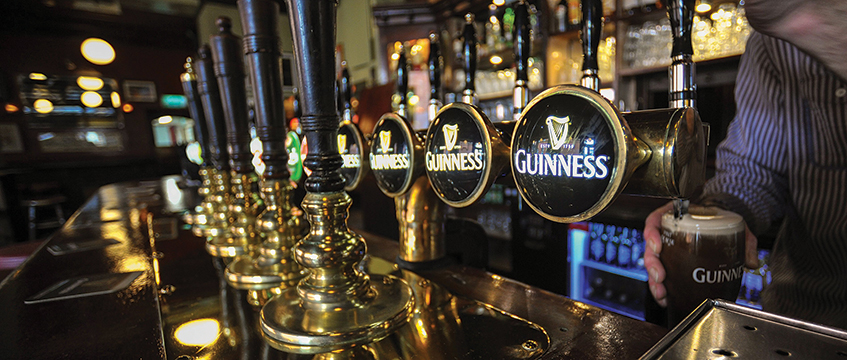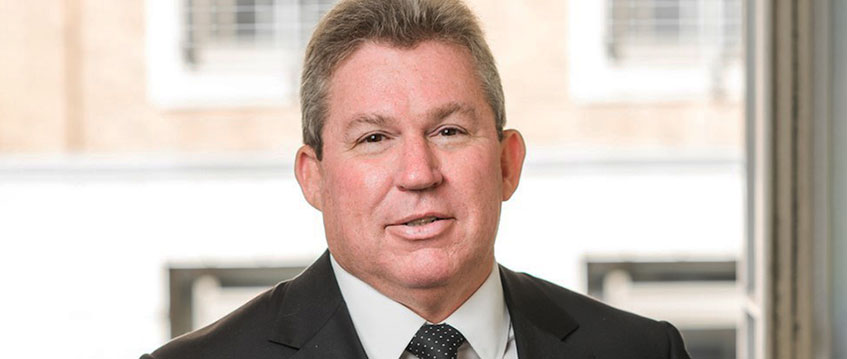The average sale price of freehold pubs grew by 6.9% to £445,537 in 2018, reaching its highest level in more than a decade, according to a report from niche leisure agency Fleurets.
The report also noted that the overall volume of transactions has remained steady in the past three to four years.
But on the whole, market demand was “polarised with the best sites being in strong demand and secondary sites generating much lower levels of interest”.
Simon Hall, director of agency at Fleurets, said: “There is no shortage of buyers with plenty of funds wanting to buy and there is no shortage of talented operators wanting to operate, but in certain sections of the market there are very few buyers who have both the money and the ability to operate.
“Values are steadily increasing and turnover in the pub sector is remaining firm. However, increasing costs and falling consumer confidence are focusing attention on bottom-line profits. This is encouraging a trend towards smaller, wet-only concept bars with fundamentally lower overheads.”
Portfolio sales
Key portfolio deals in the year to December 2018 included NewRiver REIT’s £106.8m purchase of 301 Hawthorn Leisure pubs in May, and the £19.5m sale of the eight-asset Green Belt portfolio to Kames Property Income Fund in September.
The report noted that the majority of investors sought freehold assets. Neither Brexit uncertainty nor any lack of potential to turn sites into alternative uses made an impact on investor appetite.
It added: “Portfolio transactions will continue to gain pace, partly driven by strategic and selective acquisition of brands and/or to generate economies of scale, and partly opportunistic transactions resulting from the administration of smaller, highly geared leasehold operations that have failed to meet their forecast trade levels.
“The variety of purchasers will broaden as a result of interest from wider investor platforms, nationally and internationally.”
Freehold freehouses
The average sale price of freehold freehouse pubs across all regions dropped by 5% to £675,964. Fleurets said this reflected a significant change in the locations of deals, with more in the North than in the South, as opposed to an inherent value change.
In the South, average sale prices of freehold freehouses declined by 5%, however, since fewer deals took place in London. The equivalent average sale price surged by more than 40% in the North.
Transaction volumes were up 20% nationwide, but private freehouse transactions continued to be limited by the availability of cash finance, because of the loan-to-value ratios available for pub transactions.
Bottom-end freehold pubs
The bottom end of the freehold pub market rose slightly compared with 2017, with the average sale price in the North up 6% to £224,000, and up 9% in the South to £396,000.
However, the volume of bottom-end sales tumbled by 19%, reducing by 37% in the South and by 7% in the North. Fleurets said many pubcos retained and invested in underperforming assets instead of selling them, while administration sales of individual freehold pubs remained low.
Fleurets said this indicated that large pub companies were nearing the end of their disposal programmes.
Leasehold pubs
Leasehold sale prices were down 27%, as a result of fewer prime leasehold assignments. Transaction volumes also dropped, by 22%.
Prices averaged £32,783 in the North and £40,481 in the South.
Repurposing freehold sites
The research also analysed all freehold pub deals to assess what the sites were used for after purchase.
During the year, 64.5% of freeholds remained as pubs, up from 61.5% in 2017.
This is split between bottom-end pub sales, in which 52% were sold for non-pub use, and freehouse sales, where 90% remained as pubs.
The average sale price of freehouse pubs for pub use was 10% more than for alternative uses; for bottom end pubs, this was 2% higher.
The most common alternative use was residential, with 66% of overall sales accounting for this conversion.
Retail accounted for 10% of pubs sold for non-pub use, while convenience stores accounted for 5%.
Looking ahead
The outlook for the next year included increasing costs and more selective consumers, which will drive a trend towards specific concepts with fundamentally lower overheads, such as micro-pubs with a focus on craft ale, or gin bars that cater for a niche market and operate from smaller premises.
These often trade solely on wet sales, or with a very limited and simple food offer to keep costs to a minimum.
Meanwhile, the food offer in pubs is expected to polarise, with large operations getting bigger; smaller-scale operations, often owner-operated, will be more restricted on what they can offer because of staff limitations.
To send feedback, e-mail pui-guan.man@egi.co.uk or tweet @PuiGuanM or @estatesgazette










